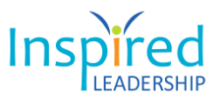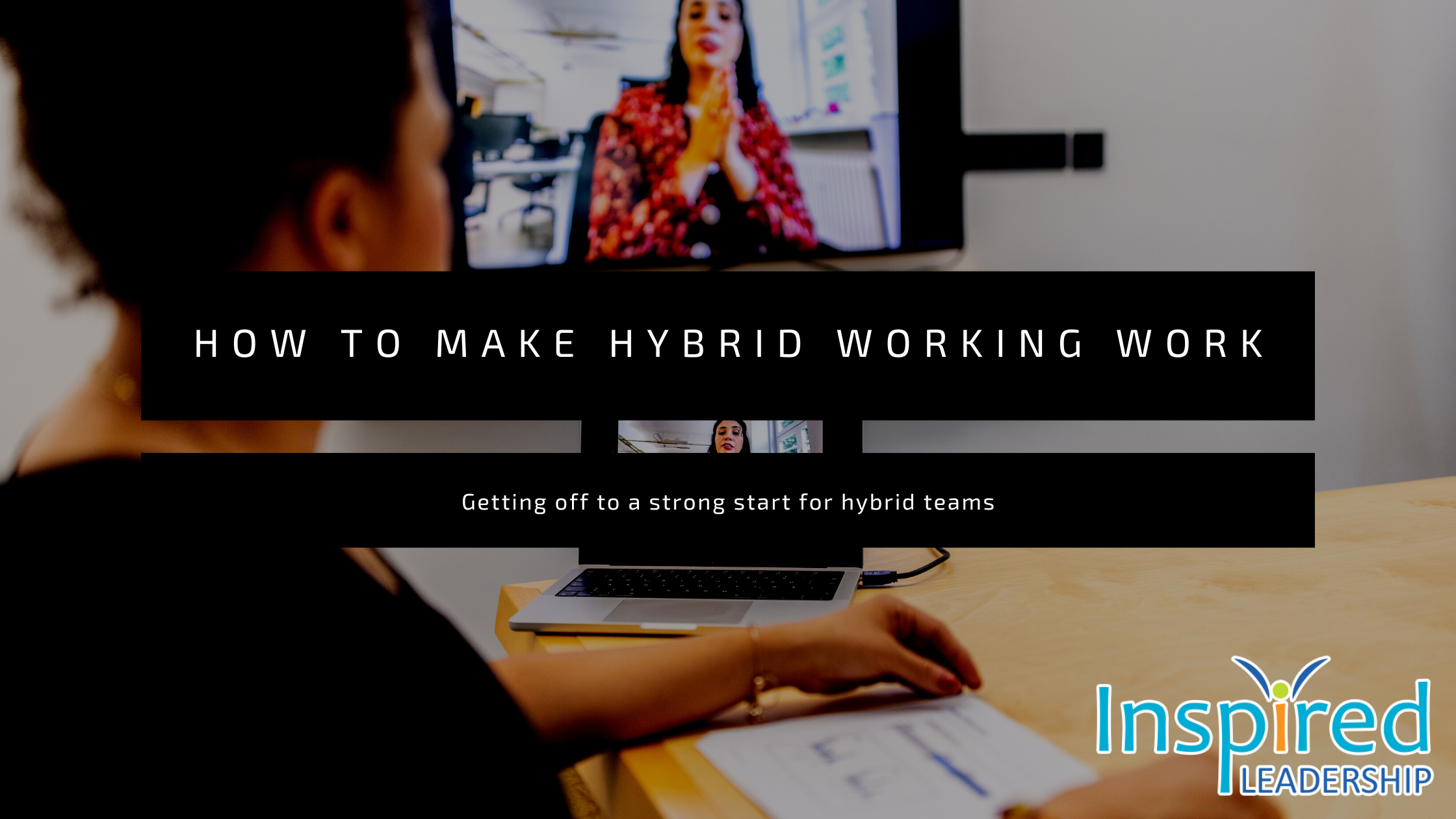The Tug-of-War: 2023’s Office vs. Home Battleground
2023 was characterised by tension between work-from-home, versus back in the office. Senior executives were banging the drum that collaboration & productivity requires face time, and many employees were resistant to changing their now established home working patterns that had created a level of comfort, balance and focus.
Caught in the Crossfire: Managers Struggle with Rigid Directives
Managers were stuck in the middle, a position that makes being a first line manager extremely challenging. In many of the organisations I consult to and with, there isn’t a lot of manager discretion being encouraged. Mostly there were directives from “above” which were implemented by a group of managers who had to buy in, and be enthusiastic, without having been part of the consultation process preceding the mandate or policy.
Why Discretion is the Key to a Happy Hybrid Working
Although likely to stay a hot topic in 2024, I would strongly advocate for a discretionary hybrid working approach. With the discretion to apply a best fit solution being granted to managers. Managers are the people most in touch with the requirements of the organisation from a performance and outputs perspective and in touch with the needs, motivations and retention risk of their team members.
Gallup research revealed that when employees work from their desired location, they tend to be:
- more engaged at work
- less burned out
- less likely to quit (see: https://inspiredleadership.world/quiet-quitting/)
Three in 10 hybrid workers are extremely likely to leave an organization if not offered at least some degree of remote flexibility, and the same goes for six in 10 fully remote workers.
Striking the Balance: Crafting a Hybrid Policy that Works
Bringing everyone back into the office on a permanent basis is likely to be a bad idea. Landlords and Real Estate Officers are excited about it. But the people who do the work… less so. At the same time, working apart more often and on different schedules creates new obstacles. Organisations that plan to move forward with a hybrid working approach for the long term must thoughtfully create and fully commit to a hybrid working framework, enabling technology and strategy for how they best communicate, collaborate, build relationships and solidify their work culture. People respond best to guidelines that acknowledge their needs. When we communicate office expectations clearly, but with empathy and flexibility, we foster a more cooperative and inclusive environment.
Trust, Flexibility, and the Magnet of a Meaningful Office
Understanding and trust matter. Combining clear office expectations with individual flexibility shows a commitment to both collaboration and the well-being of our team.
Hybrid workplaces thrive when the office becomes a magnet for intentional face-to-face interactions. If you are battling traffic, to come into the office so that you can sit on Teams meetings all day, what is the point?
Office Days with Purpose: Intentional Interactions Boost Morale
“Office days” need to be intentional. Use the in-person time for tackling challenging team projects, nurturing growth through coaching, learning, mentoring, reviews and forging strong relationships. While digital tools bridge many gaps, some activities simply are more effective in person. From brainstorming sessions that spark creativity to the nuanced exchange of feedback and mentorship. But remember, the effectiveness of a hybrid working model lies in its flexibility.
Clear Communication: Your Roadmap to a Thriving Hybrid Workplace
Organisation-wide mandates often backfire and disengage employees who feel that the requirements do not work for them and that they are not trusted by their leaders. Yet, failing to communicate a clear hybrid work strategy and failing to ensure hybrid work schedules are well-coordinated often erode teamwork, culture and, potentially, productivity.
The solution is a clearly communicated hybrid work policy that managers are expected to adjust to fit the needs of their team.
Gallup found that hybrid workers are most engaged when their team works together to determine their hybrid schedules. When the rules are made by others, you are forced to accept the change, however when you are part of the change process and consulted on how to maximise work effectiveness, it is much easier to buy-in.
Three tips for making Hybrid Work, work
- Employees need to see and feel their workplace culture come to life when they step in the door. Leverage the people elements of the office. E.g. match new joiners with more experienced mentors so that workplace culture can be transferred; elevate the role of the receptionist to being a culture champion and ensure that everyone is greeted by name and establish a personal connection. (Reception personnel can be power players in this hybrid world, they are tone-setters and can make a massively constructive contribution to culture if tasked and equipped to do this. They know who is in, and who hasn’t been in for a while. They can be incredibly helpful contributors to a people-centric culture.); Create collaborative spaces: Designate areas for informal gatherings, brainstorm sessions, and facilitate office budget for team lunches to foster organic interaction and spontaneous connection and conversations; leaders at every level need to get out of their offices and walk around, talk to people, get to know new people, greet people, ask them what they are focused on at the moment, create connections, make introductions.
- Empower managers to make decisions for their team within a hybrid work framework.
Empower & enable managers to facilitate a Team Reset conversation and encourage peer accountability. January is an ideal time for a Team Reset. As the new year kicks into gear, this creates the catalyst for changing personal needs and as a result different ways of working.
The Inspired Leadership Team Reset guides managers through how to host this conversation with their team whether they are hybrid, remote or fully face to face. - Help managers focus on creating clarity of expectation, both what is expected from their team members (focusing on outcomes) and how they need to achieve it (focusing on behaviours), giving regular feedback, coaching for high performance and ownership and increasing personal accountability. Regular 1:1 check-ins are critical for managing hybrid or fully remote employees. It is easy to slip into the “out of sight, out of mind” hole, and neglect is not a good management approach. Checkout these questions that promote reflection and connection. Managers are encouraged to use to enhance their 1:1 Check-ins.
Do you need to equip your organisation to lead themselves and others well? Download our brochure to find out how we can help.





